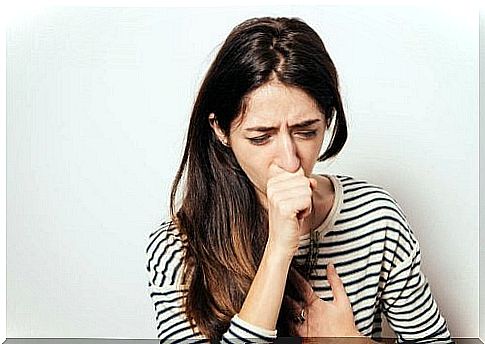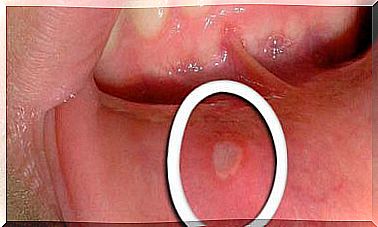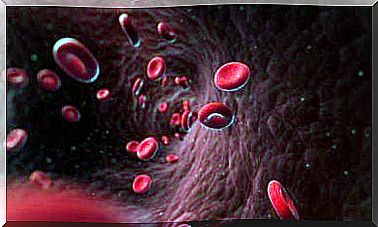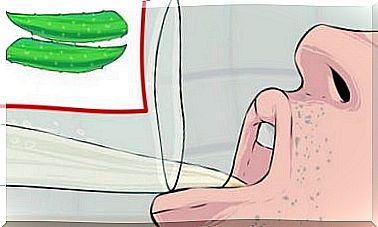Air Humidity – Health Consequences

Air humidity directly affects the amount of allergens and microorganisms in the environment. In particular, it is the high air humidity that causes both the dust mite population and the mold colony to increase.
This greatly affects people suffering from all kinds of allergies. So in this article, we will focus on the health implications and effects of moisture in the air.
Even non-allergic people suffer from environmental humidity when levels are high. We know no one likes the sticky heat hovering above us. But have you ever wondered why hot, humid air makes us so uncomfortable? Or why very dry air can cause discomfort?
Air humidity should be kept at a certain stage and level so that we are not influenced by extremes. It is not only about controlling allergies, but also about our health safety. Find out more.
Air humidity – its impact on our body
Humidity increases the thermal sensation of the environment, making it more uncomfortable for us.
When we are in a humid place, the chill of the wind may be more pronounced, even if the temperature is within an acceptable level. But why does moisture make us feel unbearably hot? To understand this, we need to learn how our body cools us from within and how it regulates temperature.
Humidity and cooling of the body
Sweating, one of the body’s key cooling mechanisms, only acts on us when the water produced by the temperature increase is excreted through the skin and evaporates.
This is where air humidity comes in. The concentration of water in the air relative to temperature determines the speed at which water can evaporate from your skin. When the air contains more moisture, it will be more difficult to absorb sweat from your skin.
Result? We sweat and sweat, but instead of feeling relieved, we just feel warm and unbearable stickiness. When high relative humidity affects the body’s ability to cool, the body is eventually forced to perform other activities that are necessary for this purpose.
- When sweating does not work properly, and we constantly feel the temperature of our body and the environment – we overheat the body.
- This causes a loss of water, salt and chemicals that our body needs. Overheating or heat exhaustion can lead to dehydration and chemical imbalances in the body.

When overheating becomes severe, it can cause:
- Contractions
- Fainting or feeling weak
- Exhaustion or confusion
- Heatstroke
The main ways to avoid overheating are, first of all, taking into account not only the temperature but also the heat index. Drink plenty of water, limit your physical exertion, and cool off when you notice any signs of fatigue or an increased heart rate.
The drier the air, the faster it will cool down and the more the body will be able to regain its temperature balance. In addition to creating a more comfortable environment, it also reduces allergens, which often develop in warmer, highly humid conditions.
Effects of low humidity
Of course, there are also some consequences of insufficient air humidity. In addition to the symptoms of dry, overdried skin, this situation also affects our respiratory system through low relative humidity.

The effects of low levels of humidity are most noticeable in two areas: our skin and our respiratory system.
Among the signs indicating the manifestation of low humidity, in the context of the respiratory system, we can find:
- dry nasal passages,
- a rough or sore throat
- increased disease transmission (decreased immunity).
In turn, the impact of low humidity on our skin occurs through:
- dryness and dehydration of the epidermis,
- chapped lips,
- dry eyes.
Summary
Both high and low air humidity can have negative effects on our health. Remember: relative humidity depends on temperature. These two factors are integrally related, and changes in one affect the other.
Maintaining a relative humidity level of between 35% and 50% is usually the ideal solution. This not only allows the body to function normally, but also prevents the development of allergens such as dust mites and mold.
With all this in mind, you can better understand your body’s needs and adapt to its requirements. So take appropriate preventive measures so that inappropriate humidity levels do not endanger your health.









